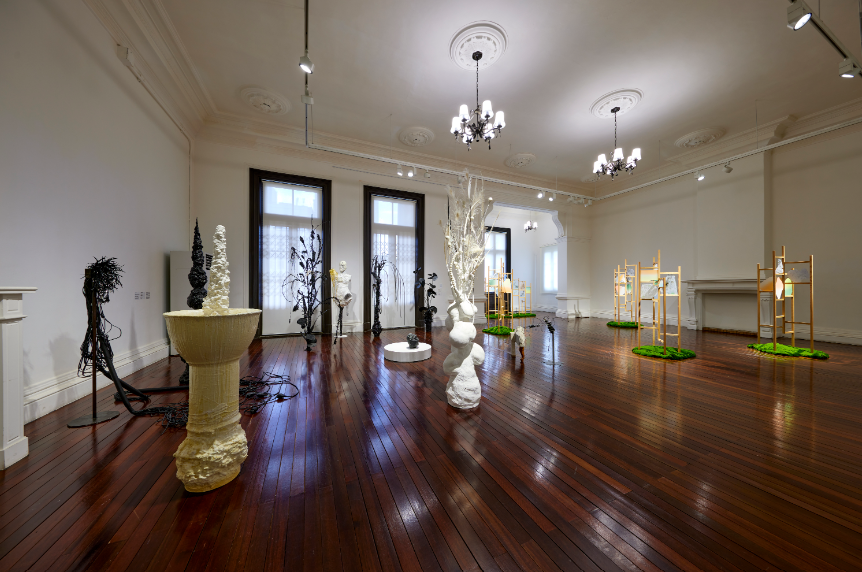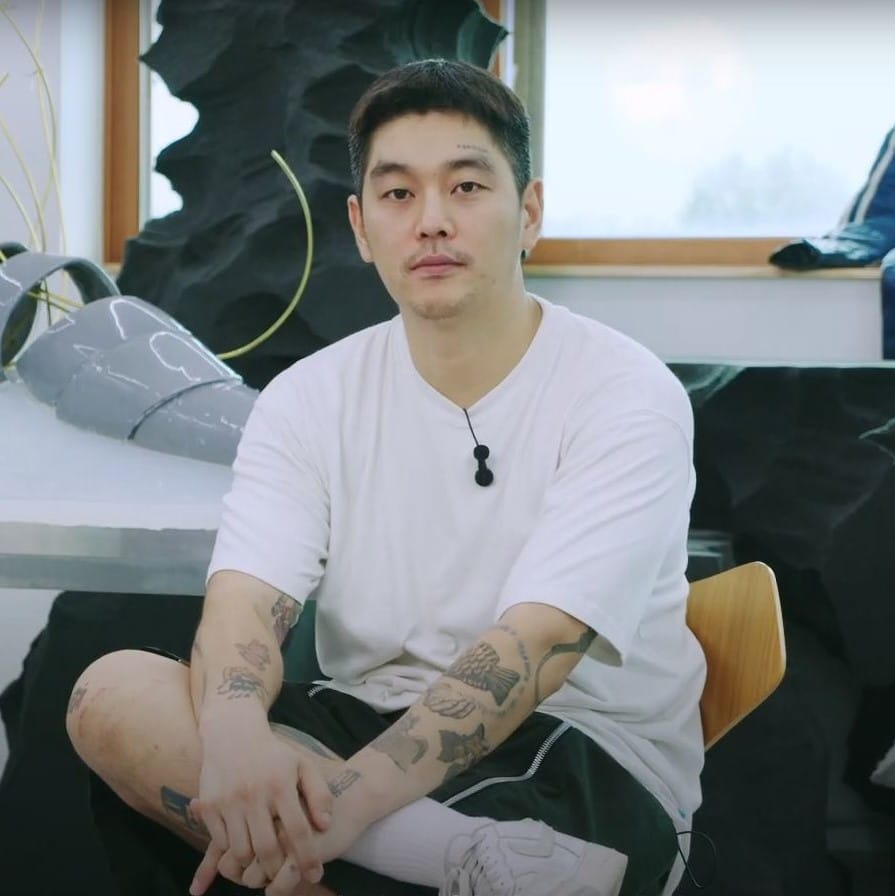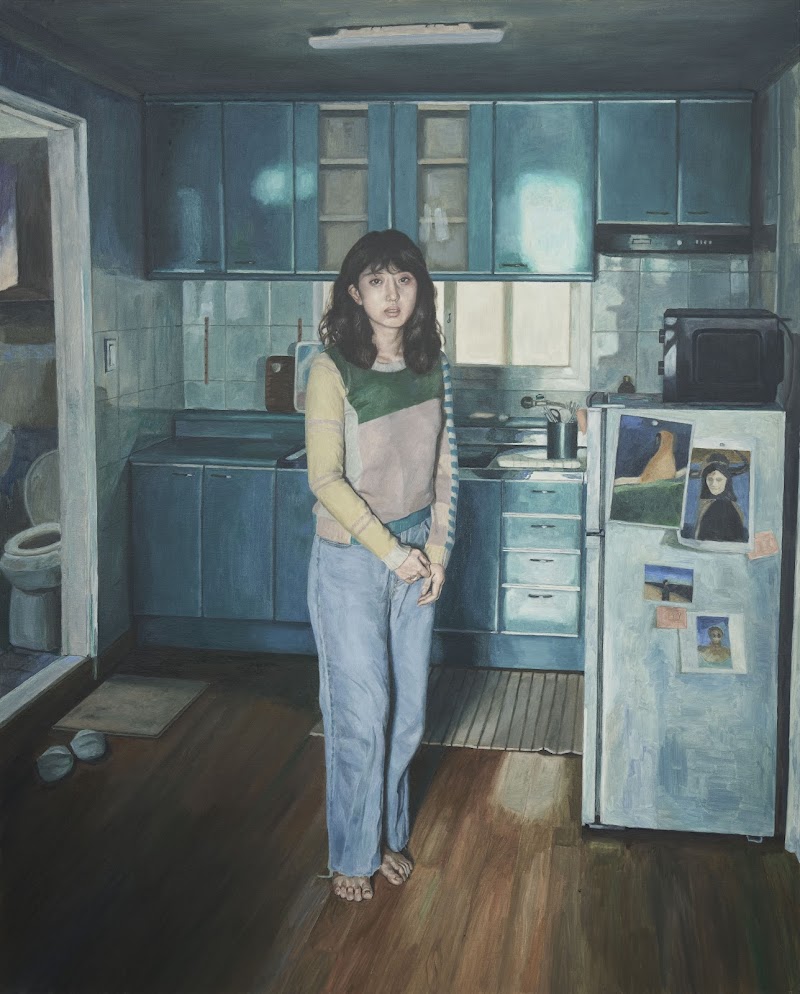
“The Hanging Gardens of Babylon” Installation view at Nam- Seoul Museum of Art ©Seoul Museum of Art
From August 30 to November 19, Nam-Seoul Museum of Art features The Hanging Gardens of Babylon, an exhibition by artists Kohui, Kim Joon, Yang Seungwon, Cho Leesop, and Hyun Nahm.
The exhibition understands “garden” as a space that reflects the desire for a utopia in nature through the arrangement of natural materials and man-made objects. In this context, the garden is a nexus of nature and culture and has become a more public space in modern times. This exhibition explores these symbolic meanings of the garden and presents works by artists whose themes include reality and fiction, simulacrum and reproduction, and ecology.
In Kohui’s series, the viewer can change the sound by touching the screen, which is associated with the gardener’s act of trimming the plants in the garden.
Kim Joon’s work is composed of sounds and photographs collected during his travels in Korea, Australia, and New Zealand, arranged in the form of furniture with drawers or soundboxes.
Yang Seungwon creates Zen garden of the East by photographing cement, soil, and other materials and recreating them in a 3D modeling program.
Cho Leesop exhibits sculptures using plant-based motifs, as well as animals and stones that might be found in a garden. The works are mostly black, which the artist understands as a vital color that opens new possibilities.
Hyun Nahm, who has been paying attention to the Chukgyeong(miniascape) method of reducing large natural landscapes to small-scale works, presents different interpretations of Kazimir Malevich’s (1878-1935) architectural form ‘Arkhitekton’ and three-non objective paintings.























